1. Metal Playground Equipment
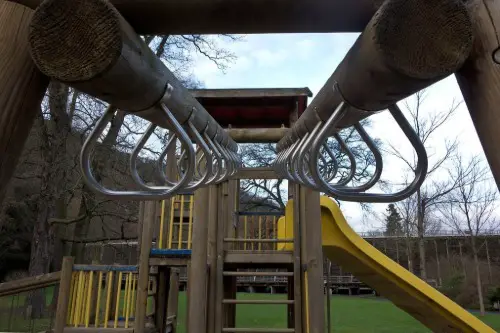
In the past, school playgrounds were filled with towering metal slides, monkey bars, and jungle gyms. These structures were durable and exciting—but also scorching hot in summer and dangerously slick in winter. Falls from high platforms often led to broken bones or concussions. Back then, safety standards were minimal and padding was rare.
Today, metal equipment is largely replaced by plastic and composite materials with impact-absorbing surfaces. Schools now prioritize lower heights, rounded edges, and temperature-safe designs. The old setups are considered liability nightmares. And yes, that slide could fry an egg in July.
2. Asbestos Ceiling Tiles
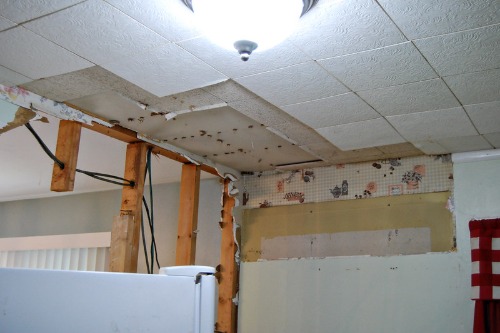
Many mid-century schools were built with asbestos-containing materials, especially ceiling tiles and insulation. At the time, asbestos was praised for its fire resistance and affordability. It quietly lingered above classrooms for decades, unnoticed and unregulated. But once disturbed, it posed serious respiratory risks.
Now, asbestos is a known carcinogen, and removal is costly and complex. Schools undergo expensive abatement projects to eliminate it safely. What was once standard is now a health hazard. And yes, some tiles are still hiding in older buildings.
3. Open Stairwells Without Railings
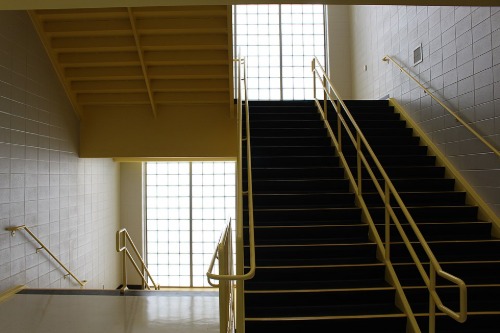
Older schools often featured wide, open staircases with minimal railings or barriers. They were architecturally grand—but dangerously exposed. Students rushed between classes, often carrying books or backpacks that threw off balance. Falls were common, and supervision was limited.
Modern building codes require enclosed stairwells, sturdy handrails, and anti-slip surfaces. Safety takes precedence over aesthetics. The open design is now considered a lawsuit waiting to happen. And yes, those marble steps were beautiful—but brutal.
4. Mercury Thermometers in Science Labs
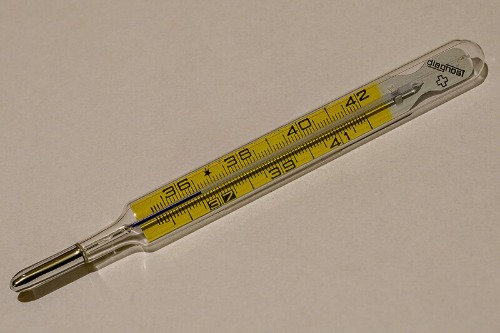
Science classrooms once relied on mercury thermometers for experiments and temperature readings. They were precise—but fragile, and spills were treated casually. Few students understood the toxicity of mercury vapors. Cleanup often involved paper towels and a shrug.
Today, mercury is banned in most school labs, replaced by alcohol-based or digital alternatives. Exposure risks are taken seriously, and disposal requires hazmat protocols. The old tools are now considered hazardous waste. And yes, that silver bead was not a toy.
5. Wooden Shop Class Tools Without Guards
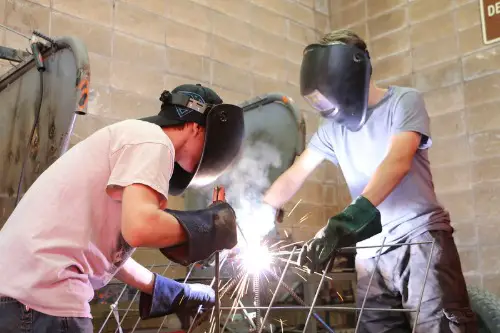
Shop classes in the ’70s and ’80s featured table saws, belt sanders, and drill presses with minimal safety features. Students learned woodworking hands-on—but often without eye protection or blade guards. Injuries were common, and supervision varied. It was vocational training with real risks.
Now, shop equipment includes automatic shutoffs, blade covers, and mandatory safety gear. Liability concerns and OSHA standards have reshaped the curriculum. The old setups are now considered dangerous relics. And yes, fingers were lost in the name of education.
6. Unsecured Chemical Cabinets
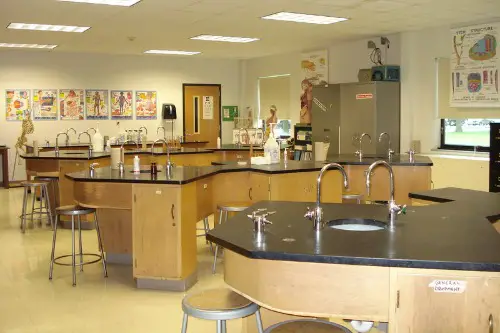
Science labs once stored acids, solvents, and reactive compounds in unlocked cabinets. Access was casual, and labeling was inconsistent. Students could easily open drawers containing hazardous materials. Ventilation was poor, and spills were frequent.
Today, chemical storage requires lockable cabinets, proper labeling, and ventilation systems. Schools follow strict protocols for handling and disposal. The old methods are now violations of safety codes. And yes, that “mystery bottle” was probably flammable.
7. Folding Lunch Tables Without Safety Locks
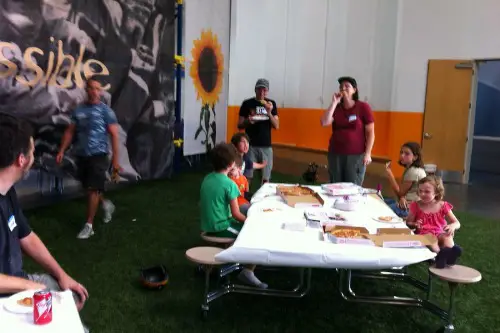
Cafeteria tables used to fold vertically for storage—but lacked proper locking mechanisms. When mishandled, they could collapse suddenly, injuring fingers, feet, or entire limbs. Students and custodians alike faced risks during setup and takedown. It was convenience with a hidden cost.
Modern tables include locking hinges, padded edges, and stability features. Schools now train staff on safe handling procedures. The old models are phased out or retrofitted. And yes, one wrong move could flatten your lunch tray—and your hand.
8. Chalk Dust from Blackboards

Chalkboards were once the centerpiece of every classroom, used daily for lessons and announcements. But the fine dust created by constant erasing lingered in the air and settled on surfaces. Students with asthma or allergies often struggled in these environments. Ventilation systems weren’t designed to handle particulate buildup.
Today, whiteboards and digital screens have replaced chalkboards in most schools. Air quality is a bigger concern, and dust exposure is minimized. The nostalgic squeak of chalk is now a respiratory red flag. And yes, your lungs remember that cloud.
This post 8 Things That Used to Be in Every American School—Now They’re Safety Hazards was first published on American Charm.


